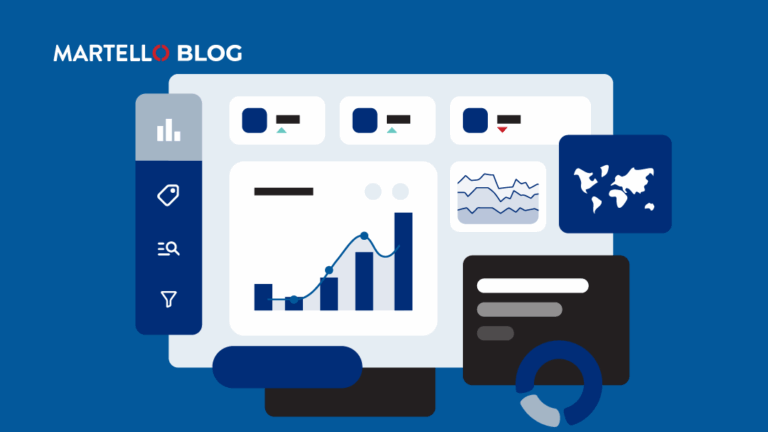Doing the math: Proactive monitoring adds up for MSPs
Partner
Bells and whistles may inspire great ad headlines, but when it comes to investing in new tools, the only thing most MSPs care about is the business case. “If we buy this, how will it make us more efficient and more profitable?” Period.
That’s why — as longtime champions of proactive monitoring and advanced tools to manage collaboration platforms like Microsoft Teams — we wanted to put some numbers behind our belief that the right capabilities can make a measurable difference.
We reached out to the experts at EnableUC for some independent cost modelling on that front. And we were pleased to see the answer come back: being proactive pays by cutting costs and boosting customer satisfaction.
A rigorous methodology
Martello has had the privilege of working with EnableUC’s Kevin Kieller on previous modelling studies. Kevin is a recognized thought leader in all things unified communications. As in the past, we deliberately stayed out of the research process because we wanted the findings to be objective and credible. Whatever Kevin and his team were to discover, that’s what we wanted to know.
The modelling exercise looked at a wide range of operational and business metrics that are important to MSPs, including incident volumes and response times, customer churn and more. EnableUC conducted confidential interviews with a mix of small, medium and large MSPs to get firsthand perspective on a detailed set of questions, and backed that up with a systematic review of published literature.
It was important to be clear on a few core concepts right from the start. The first was “proactive monitoring”. EnableUC’s working definition for that was “any tool that simulates user actions to detect outages or degraded service on an ongoing basis.”
Since the cost model was also going to look at the effectiveness of advanced diagnostics, that term had to be defined as well. EnableUC settled on “tools that build on native Teams reports for more precise root cause analysis and greater visibility.”
So what did they determine?
Proactive monitoring delivers business benefits
Based on their research and analysis, EnableUC made the following calculations:
Fewer issues
More than 40% of the 11 highly common potential issues identified by EnableUC can be mitigated with proactive monitoring. That means a more frictionless experience for users and fewer issues overall for technical teams to deal with — making Teams managed services more efficient and profitable.
More effective incident response
With advanced diagnostic tools, support engineers can close 50% more tickets during a single eight-hour shift. This has an impact on the number of full-time staff an MSP needs to employ to serve clients at scale. Proactive monitoring and advanced diagnostics further cut labor requirements for incident management by automating and accelerating the process and by pinpointing root causes more precisely.
At the same time, by getting to the root of issues faster and more accurately, MSPs with proactive monitoring and advanced diagnostic tools end up escalating fewer Teams tickets to Microsoft — as much as 20% fewer, which can have a cost savings impact and further boosts customer satisfaction.
Higher customer satisfaction
The above gains ultimately contribute to an increase in customer satisfaction, with the follow-on impact of reducing customer churn by as much as 20%. Happier customers are also more receptive to upselling because they perceive themselves to be receiving value and they trust their MSP. According to EnableUC, that can mean a 10% increase in upsell opportunities.
More to the story
The objective data in the EnableUC cost study should give any MSP food for thought when it comes to the value of proactive monitoring and advanced diagnostic tools. The ultimate takeaway is that with the right capabilities, it’s possible to deliver more efficient, profitable and responsive services — with more opportunities to upsell clients on higher-value service offerings.
For more on the study, we invite you to read Kevin Kieller’s in-depth article about the research.


